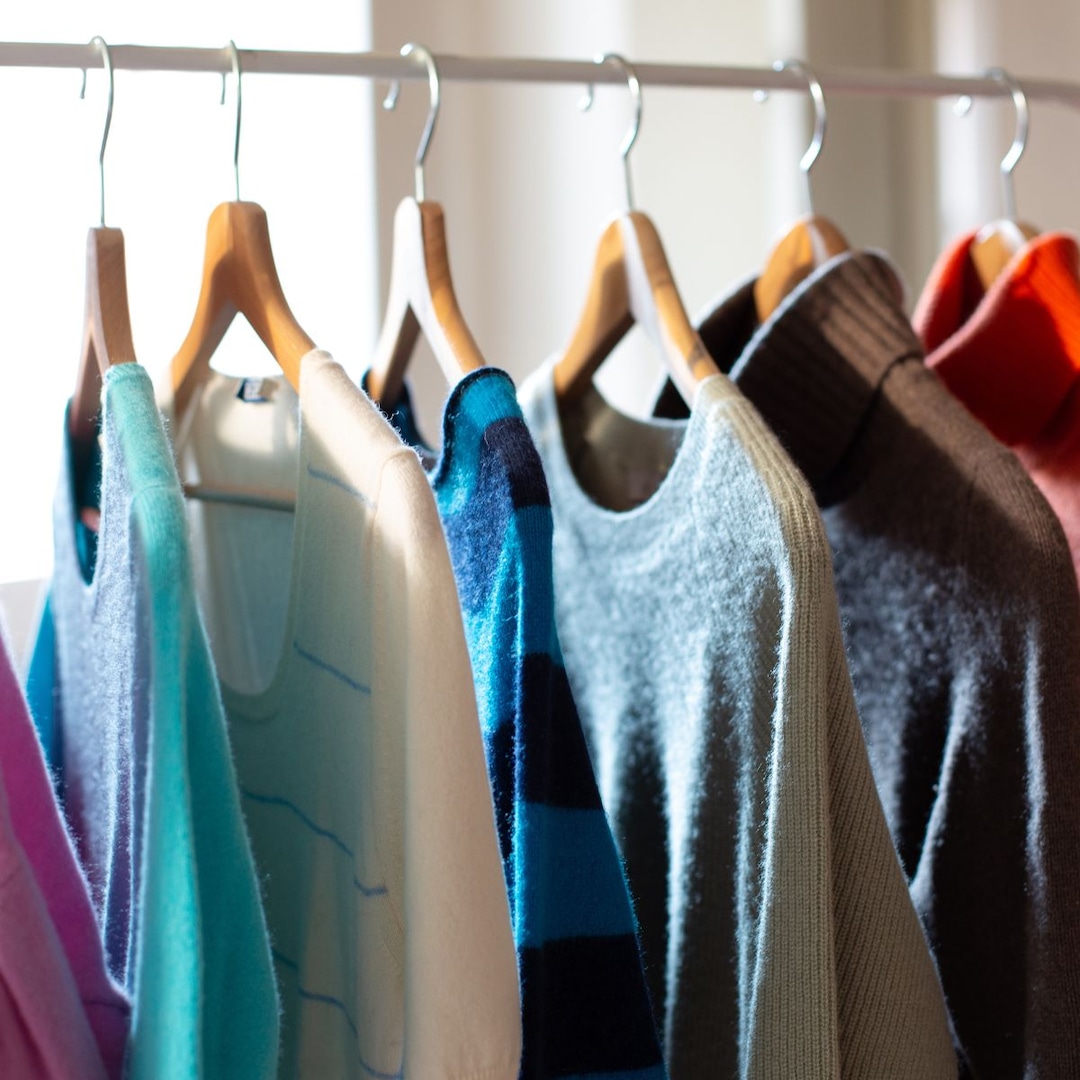
Students at the Design Academy Eindhoven showcase designs using Forbo’s Furniture Linoleum surfacing material, as seen in this exclusive video produced by Dezeen for the brand.
The designs were produced as part of Forbo‘s long-running Student Challenges, an international programme created in 2010 to challenge young designers to explore the creative possibilities of Forbo’s products.
The brand collaborated with the Design Academy Eindhoven’s Thinking Hands programme to produce designs using the natural surfacing material.

Forbo’s head of design linoleum storytelling Marijke Griffioen discussed the driving forces behind the programme.
“By making something, by experimenting, you understand the identity of a material,” said Griffioen.
“Students make things which are more out-of-the-box and more experimental, which triggers the curiosity of a user, of a manufactures.”

Forbo encouraged the students to explore the materiality and versatility of Furniture Linoleum, including its natural properties and matte finish.
Design student Seojun Yun created a custom bench and coffee table as part of the programme.
“Most techniques I know are based on woodworking techniques,” he explained.
“Can I implement [these techniques] with Furniture Linoleum?” continued Yun. “That was a huge challenge for me.”

Yun’s design features a sit gap where a detached coffee table can be placed on top of the bench to create a cohesive unit.
“This fluid way for people to occupy this bench was how my methodology got implemented into the design,” he said.

Design student Zoé Monstrey experimented with fashion for her design, creating a hat and a skirt using Furniture Linoleum.
“I wanted to see how possible it was to create a wearable piece,” she explained.
“I started implementing some techniques I know from leathermaking… and I found an interlocking technique most interesting because it gave me more possibilities.”

Both students discussed the importance of sustainability as a continuous part of their work.
“Sustainability is something that is embedded in every young designer,” said Monstrey. “It’s how the world turns now.”
“The younger generation is very aware of sustainability, so once they understand that Furniture Linoleum is a natural product, they really start to embrace the material,” added Griffioen.
Yun spoke about a conversation he had with his cousin that influenced his approach to design.
“Once my cousin, the master carpenter, told me, ‘If you chop down a tree that has been living for 100 years, then the house that you built with it should also last 100 years,” he said.
“That’s when I really started trying to respect the material itself… especially if it comes from nature.”

Forbo’s Furniture Linoleum is primarily made from natural materials such as linseed oil, wood flour and limestone, and can be used across a variety of furniture applications including desks, stools, kitchens, cabinets and doors.
To find out more about Forbo’s Student Challenges, visit the company’s website.
The photography is by Forbo.
Partnership content
This video was produced by Dezeen as part of a partnership with Forbo. Find out more about Dezeen partnership content here.
The post Design Academy Eindhoven students create experimental designs using Forbo’s Furniture Linoleum appeared first on Dezeen.

















Leave a comment